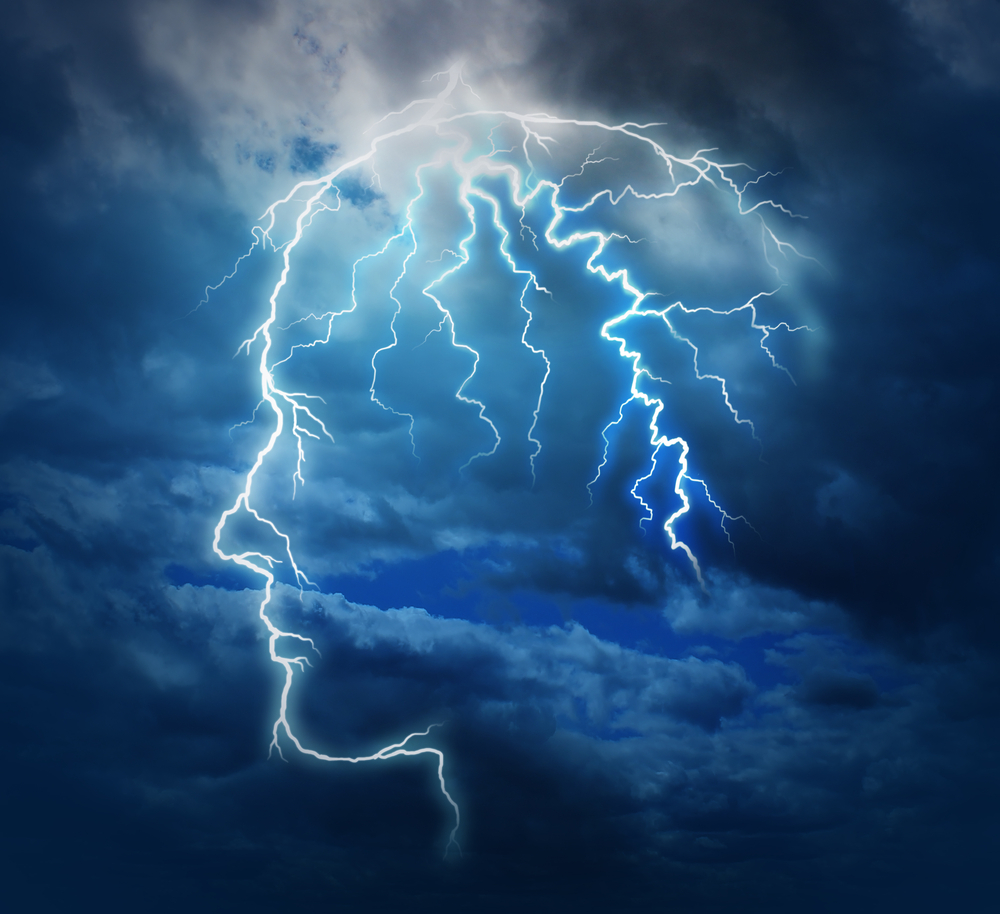We often associate migraine headaches with adulthood (even though they’re actually the most common acute headache in kids), from the stresses of work and life. Also, unlike adults, children will probably not turn to you and say, “I really have a bad migraine headache!” That being said, the way children react to a splitting headache can include some telltale symptoms where no actual words are needed for a diagnosis.
Some of the signs of migraines in younger children can mimic symptoms of other problems, while some others can be unique to a migraine. In recognition of National Migraine & Headache Awareness Month in June, here are six behaviors and signs to watch for to determine if your child is suffering from migraines…
1. Sudden Illness
Your child may seem perfectly fine one moment, and be holding their gut or vomiting the next. This could be a sign of onset of a migraine headache, notes emedicinehealth.com. “These often incapacitating experiences are noteworthy for their sudden onset and accompanying symptoms of nausea, abdominal pain, vomiting, and relief by sleep,” notes the source.
Your child may complain of feeling sick out of the blue, even if it doesn’t seem to be related to something they just ate, or a fever. This is often accompanied by some other symptoms, which we’ll go over.
2. Aura
MigraineTrust.org notes about 10-percent of children who suffer migraines will experience “aura,” which the source describes as temporary symptoms such as vision (blurring, flashing, dark spots, sparkles) or speech disturbances or muscle weakness.
Aura can last up to 1-hour, after which the actual headache will begin, explains the source. Adults who have migraines also can have aura, but it could present a bit differently for both age groups. “In adults aura usually happens before the headache itself, but in children it may happen at the same time as the headache,” it adds.
3. Related Anxiety
MigraineResearchFoundation.org explains that about 10-percent of school-aged children have migraines, and of that group, about 50-percent will have their first migraine “attack” before the age of 12. “In addition to the attack-related disability itself, kids and teens may develop anticipatory anxiety, worrying that at any time an attack could disrupt their life,” explains the source.
Your child may not have any other particular worries, while this “anticipatory anxiety” can actually lead to your child missing school or withdrawing from after-school and weekend activities, it adds. “In fact, kids who have migraine are absent from school twice as often as kids who don’t,” according to the source.
4. Withdrawal
Kids who are suffering migraines could have increased sensitivity to light and sound, so they may retreat to a quiet or darker place away from the rest of the family, according to AmericanMigraineFoundation.org. They may also act irritable around you and others, it adds.
If your child seems to be keeping to themselves more often, or you find them lying down in a dark room or acting depressed, then migraine pain could be the culprit. Talk to your child about why they’re avoiding others, or have a doctor assess them to pinpoint the problem.
5. Worsening Pain after Trauma
The Mayo Clinic says migraines can be a side effect of a blow to the head – from falling, bumping into something or from a collision during a sporting activity as examples. The clinic notes you should consult a doctor if there are any headache symptoms following any injury, not just those involving their head.
Gradually worsening chronic headaches can also (rarely) point to another problem – a brain tumor or abscess that causes bleeding in the brain, adds the source. “Typically in these cases, however, there are other symptoms, such as visual problems, dizziness and lack of coordination,” it adds.
6. Rocking or Crying
EMedicineHealth.com explains that many children (about 20-percent) can experience a migraine before their fifth birthday. This could mean they exhibit some behaviors that are typical of toddlers, such as being irritable or crying.
However, the source notes preschool kids suffering bad headaches “usually look ill” and have a more pronounced need to nap (sources note sleep can often alleviate the symptoms in children). They may cry out of character, rock back and forth, or seek a dark room to rest as mentioned earlier, adds the site.









